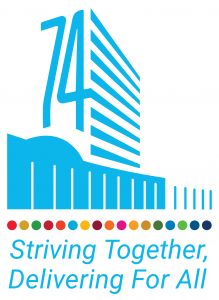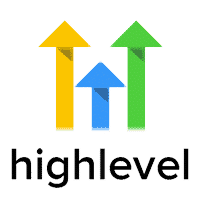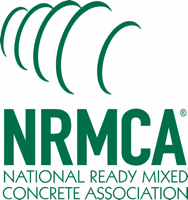what is gohighlevel ? This term refers to a type of computer programming language used by software developers to create programs and applications. High-level languages are designed to be easy to read, write, and understand by humans, so they’re often referred to as “human readable” or “natural” languages.

The Benefits of Writing in High Level Programming Languages
Using high-level computer languages has a number of advantages over lower-level programming such as Assembly. High-level languages are typically much easier to learn than Assembly, meaning that software developers can pick up the basics of the language quickly and start writing code faster. In addition, high-level languages are more efficient, meaning that applications written in high-level languages are often more reliable or have better performance. Finally, high-level languages make it easier for multiple developers to work on the same project, since the code is easier to read and understand.
High Level Programming Concepts
High-level programming languages usually involve the use of specific concepts, such as object-oriented programming (OOP). OOP is a popular model for developing software applications, which allows developers to create objects that contain both data and functionality. Other common concepts in high-level languages include control flow, which allows software to take different paths depending on user input; data structures, which organize data into logical formats; and algorithms, which are instructions used to sort and search data.
In addition, high-level languages can include features like generics, which allow code to be written once and reused throughout a program, and templates, which provide a structure for creating small bits of code that are used over and over again. Such features help developers to create robust applications quickly and easily.
Learning High Level Programming Language
Learning a high-level programming language consists of three main steps: learning the syntax of the language, understanding the concepts of the language, and practicing the language. Syntax is the set of rules that govern how a language works, such as when commands must be placed in a certain order and when semicolons must be used. The concepts of a language refer to the logic and structures behind the language, such as how loop statements work and how data structures are used.
Finally, the best way to learn a high-level programming language is to practice writing code. By writing code, you can get a feel for how the language works, and you can also work out any bugs or typos in your code. It’s also important to keep up with updates to the language, as new features or tools may be added over time.
High Level Programming Platforms
There are many platforms available for developing applications in high-level languages. Common examples include .NET, Java, and Python. Each platform provides its own set of tools and libraries that make it easier to write code, such as frameworks and IDE’s (Integrated Development Environments). Choosing the right platform for your application depends on the language you want to use, the type of program you’re creating, and the resources you have available.
Conclusion
High-level programming languages are powerful tools for creating software applications. They allow developers to create applications quickly and efficiently, while being relatively easy to learn and understand. Additionally, high-level languages come with many concepts and features that make them even more useful, such as object-oriented programming, control flow, and generics. Finally, there are many different platforms available for writing in high-level languages, allowing developers to select the one that best suits their needs.




